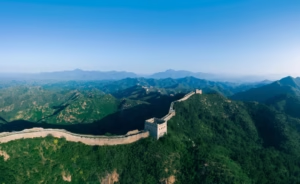Exploring Leh-Ladakh: A Land of History and Spirituality
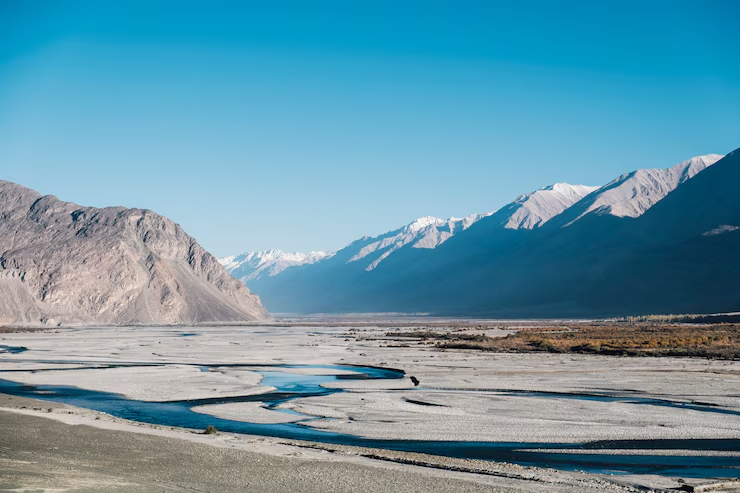
Introduction
Leh-Ladakh, often called “The Land of High Passes,” is one of the most unique and spiritually rich regions of India. Located in the northernmost part of the country in the Union Territory of Ladakh, it is a place where stark landscapes, ancient history, vibrant cultures, and deep-rooted spirituality coexist. Among its many sacred sites, the Kali Maa Mandir stands out as a powerful symbol of protection and divine energy. This article explores the history of Leh-Ladakh, the significance of the Kali Maa Mandir, and the traditional customs that make this land truly magical.
Historical Background of Leh-Ladakh
Ladakh’s history dates back over 2,000 years, with evidence of early settlements along the Indus River. It has long been a cultural crossroads between India, Tibet, and Central Asia. Known in ancient texts as Maryul, meaning “lowland,” Ladakh was part of various empires and kingdoms over centuries.
The Namgyal Dynasty
The most notable ruling family was the Namgyal Dynasty, which began in the 15th century. King Tashi Namgyal is credited with unifying Ladakh and expanding its territory. Later, in the 17th century, King Sengge Namgyal, often called the “Lion King,” built many of the region’s most iconic structures, including Leh Palace and several gompas (monasteries). Under his reign, Leh became a key stop on the Silk Route, connecting traders from China, Kashmir, and Central Asia.
Tibetan Influence
Buddhism came to Ladakh from Tibet, and its influence is visible in every aspect of life—architecture, language, rituals, and art. Monasteries such as Hemis, Thiksey, and Alchi preserve centuries-old scriptures and murals that highlight the region’s religious and artistic richness.
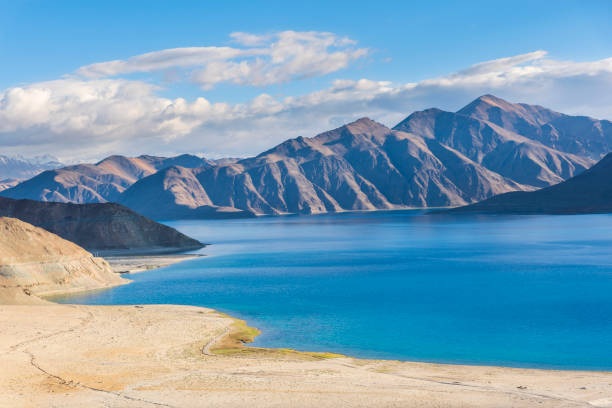
https://sypertimes.com/jagannath-temple-legacy-of-faith-culture-and-unity/
Kali Maa Mandir: A Sacred Shrine in Leh
While Ladakh is predominantly Buddhist, it is also home to several Hindu temples that reflect the region’s diversity and deep spiritual roots. One such temple is the Kali Maa Mandir, located within the Hall of Fame Museum complex in Leh.
Location and Structure
The Kali Maa Mandir is situated inside the Hall of Fame, a museum dedicated to the soldiers of the Indian Army who laid down their lives in defense of the country, especially during the Kargil War. The temple is a small but powerful space carved into rock, where a naturally formed black stone is worshipped as Kali Maa, the fierce goddess of time, power, and destruction.
Significance of Kali Maa in Ladakh
In Hindu mythology, Kali represents the divine feminine energy and is often called upon in times of great need or war. The presence of the temple within a military museum signifies strength, courage, and protection. Many soldiers visit the shrine to seek blessings before heading to duty in extreme conditions along the border.
Despite being in a Buddhist-majority region, the temple is respected and visited by both Hindus and Buddhists, symbolizing the region’s deep spiritual tolerance.
Traditional Life and Culture of Ladakh
Ladakh’s culture is shaped by its harsh climate, geography, and spiritual practices. The people of Ladakh, known as Ladakhis, live a life of simplicity, resilience, and harmony with nature.
Architecture and Homes
Traditional Ladakhi houses are made of mud bricks with flat roofs and small windows, designed to conserve heat during long winters. Prayer flags flutter from rooftops, carrying prayers across the wind. Inside, homes are decorated with thangkas (Tibetan scroll paintings), religious icons, and wooden carvings.
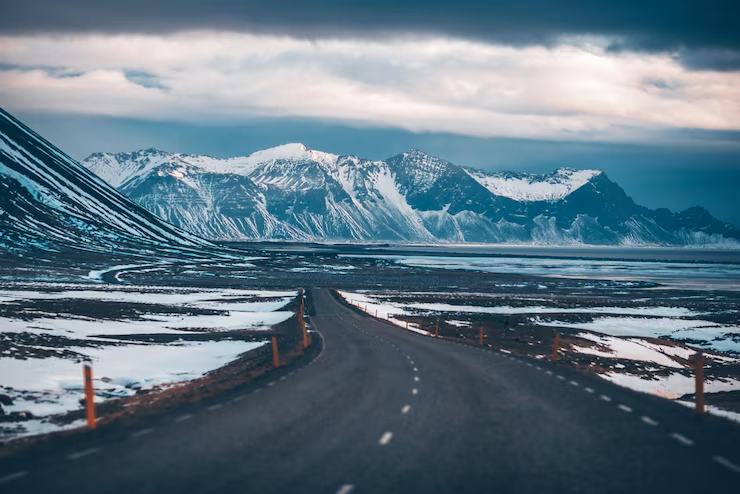
Language and Dress
The primary language spoken is Ladakhi, a Tibetan dialect, though Hindi and English are also understood. Traditional dress includes thick woolen garments like the Goncha (a robe for men and women), along with colorful aprons and ornate jewelry made from turquoise, coral, and silver.
Festivals
Ladakh is famous for its vibrant festivals, which blend music, dance, and spirituality. The Hemis Festival, dedicated to Guru Padmasambhava, is the largest and features masked dances by monks. Other festivals like Losar (Ladakhi New Year), Dosmoche, and Yuru Kabgyat highlight local folklore, harvest rituals, and communal harmony.
Cuisine
Ladakhi cuisine is simple but nourishing. Popular dishes include:
- Thukpa – a hearty noodle soup.
- Momos – steamed dumplings filled with meat or vegetables.
- Skyu – a wheat-based pasta stew.
- Butter tea (Gur Gur Cha) – made from yak butter, salt, and tea leaves.
Local barley, known as nang, is used to make tsampa (roasted flour) and chang, a traditional barley beer.
Spiritual Practices
Ladakhis blend Tibetan Buddhism with elements of ancient Bon traditions and local deities. Monasteries are not just places of worship but also centers of learning, healing, and meditation.
Prayer wheels, mani stones (inscribed with mantras), and stupas line village paths and mountain roads. The chant “Om Mani Padme Hum” resonates through the valleys, a mantra believed to bring compassion and wisdom.
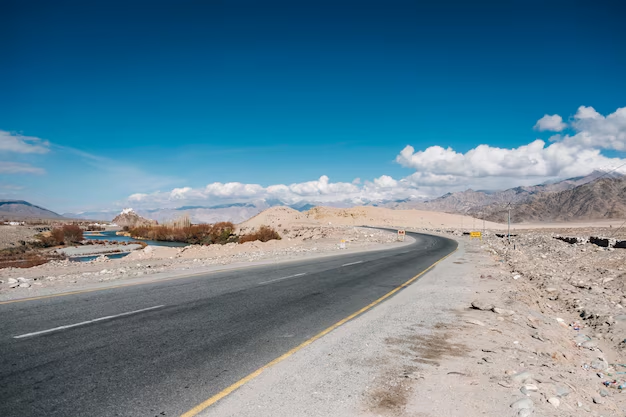
Modern Challenges and Preservation
In recent decades, tourism and climate change have brought challenges. While tourism has improved local income, it has also increased waste and changed traditional lifestyles. Ladakhis are working to balance development with environmental and cultural preservation through eco-tourism, sustainable farming, and cultural education.
Organizations like the Students’ Educational and Cultural Movement of Ladakh (SECMOL) are helping youth reconnect with their heritage while embracing modern education.
Conclusion
Leh-Ladakh is much more than just a scenic destination. It is a living museum of ancient wisdom, courage, and spirituality. From the royal history of the Namgyals and the chants echoing in monasteries to the fierce grace of the Kali Maa Mandir and the warmth of Ladakhi hospitality, this region invites every visitor to experience life in a purer, deeper way.



